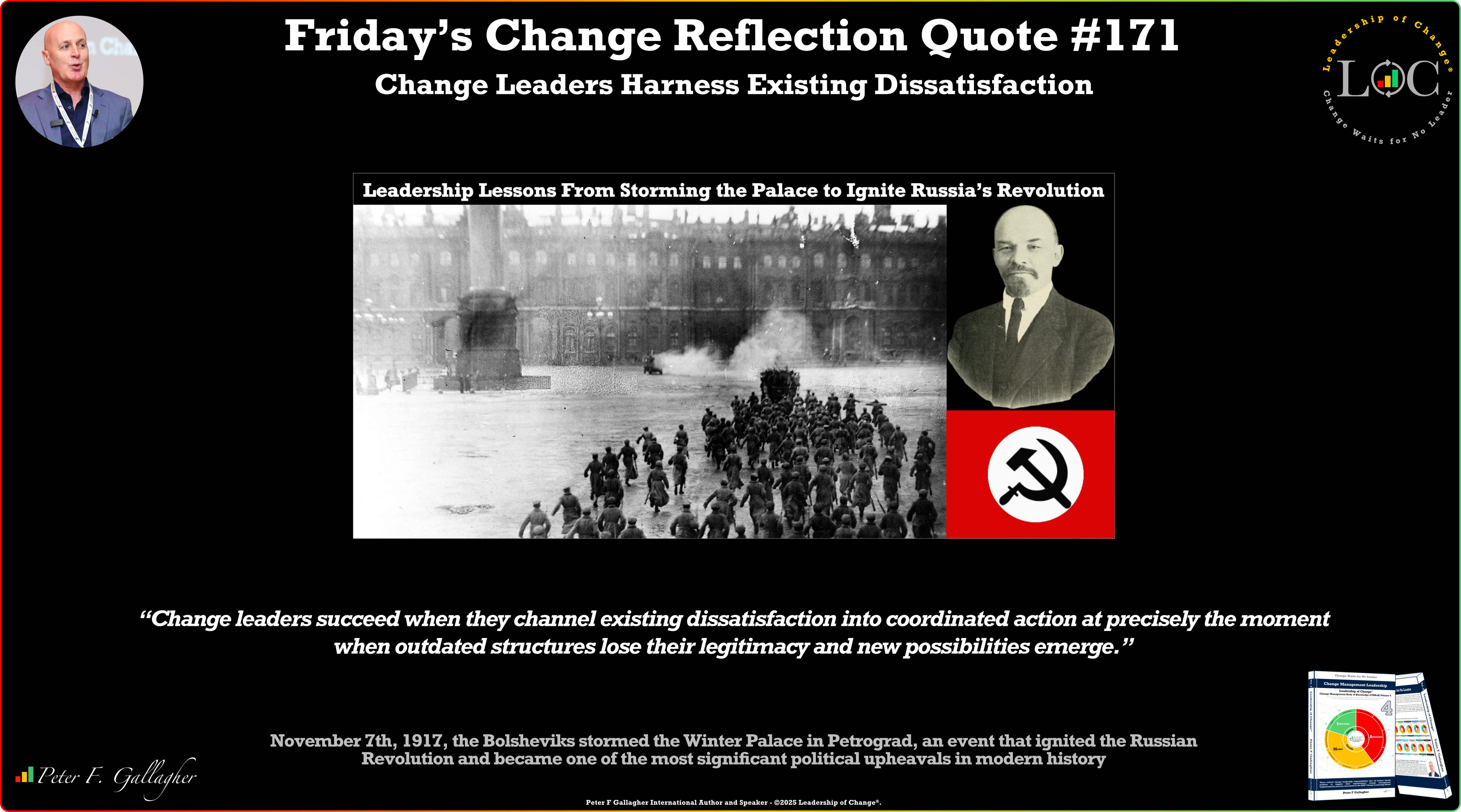Apr04

Leadership Learning!
On this day, 4 April 1949, twelve nations signed the North Atlantic Treaty (also known as the Washington Treaty), formally establishing the NATO alliance. The alliance was created in response to the geopolitical instability following World War II, as nations sought a collective security framework to deter future conflicts. The twelve founding nations – Belgium, Canada, Denmark, France, Iceland, Italy, Luxembourg, the Netherlands, Norway, Portugal, the United Kingdom, and the United States – overcame significant political and cultural differences to form an enduring military alliance. Their commitment was based on the principle of collective defence, outlined in Article 5, which states that an attack on one member is an attack on all. Post-war Europe faced an existential threat, prompting urgent cooperation among Western nations. The early Cold War tensions, particularly the growing influence of the Soviet Union, reinforced the need for a unified defence strategy. NATO's formation provided stability and deterrence, ensuring that member nations could collectively respond to external aggression. Beyond its initial defence commitments, NATO evolved to address new security challenges. Over the decades, the alliance expanded its membership to 32 countries and adapted its strategic focus – from Cold War defence to peacekeeping, counter terrorism, and cybersecurity – while staying anchored to its founding principles. The formation of NATO set a precedent for international military cooperation, influencing future defence alliances and security policies. It also demonstrated how diplomatic negotiations could resolve complex security concerns, as nations with differing interests found common ground in mutual defence. While immediate security threats led to NATO’s establishment, its longevity is attributed to deeper commitments beyond military protection. Shared political values, economic ties, and ongoing diplomatic engagement have reinforced the alliance’s stability for over seven decades. NATO remains one of the most significant military alliances in modern history. Its founding, amid post-war uncertainty, shaped global security structures and continues to influence international relations today. NATO’s enduring success provides a powerful example of how principled leadership can guide change through uncertainty and across generations.
Change Leadership Lessons: NATO’s principled and adaptive leadership demonstrates how a clear, shared vision can guide organisations through challenging transitions and build sustainable frameworks for future success. Leaders of change must create an urgent and convincing rationale that clearly outweighs the comfort of maintaining the status quo. They develop inclusive approaches that address diverse stakeholder concerns while balancing individual interests with collective responsibility. Change leaders maintain unwavering commitment to core objectives while remaining flexible about implementation approaches as circumstances evolve. They establish mechanisms for ongoing adaptation rather than pursuing one-time initiatives that quickly become outdated. Leaders of change build transformations upon shared values and principles that transcend immediate circumstances to ensure long-term sustainability. Change Leaders Plan for Longevity.
“Effective change requires both unwavering purpose and flexible execution, built on shared values that outlast immediate challenges and sustain long-term stability.”
Application - Change Leadership Responsibility 1 - Articulate a Change Vision: One critical change leadership lesson from NATO’s establishment is the importance of creating a compelling and sustainable case for transformation. Post-war Europe faced an existential threat that necessitated urgent yet enduring cooperation. Similarly, organisational change requires leaders to articulate a vision rooted in shared values and long-term sustainability, ensuring that the transformation is not only necessary but also built to last. Effective change leaders inspire confidence by clearly demonstrating how the proposed transformation addresses both immediate challenges and future uncertainties. The principle of planning for longevity reminds us that a compelling vision must balance urgency with the adaptability required to navigate evolving contexts. This involves grounding the vision in the organisation’s core principles while designing flexible frameworks to accommodate unforeseen circumstances along the way. A well-crafted change vision does more than describe the future; it unites stakeholders by appealing to both their hearts and minds, driving collective action. Leaders must communicate how the transformation will create shared value, addressing diverse stakeholder concerns while reinforcing a collective sense of purpose. The vision must be aspirational yet realistic, offering a clear, achievable picture of the future that resonates across all levels of the organisation. Change leaders are the primary stewards of this vision. By consistently reinforcing its relevance and aligning it with the organisation’s foundational principles, they foster trust and engagement. Leaders must also establish mechanisms for ongoing adaptation, ensuring that the transformation evolves alongside the organisation’s needs. This approach prevents one-time initiatives from becoming outdated and instead creates a sustainable framework for future success.
Final Thoughts: NATO’s founding teaches us that effective change leadership demands both a compelling vision and the agility to adapt. Leaders who cultivate shared values and long-term thinking can guide their organisations through meaningful and enduring transformation.
Further Reading: Change Management Leadership - Leadership of Change® Volume 4.
Peter F. Gallagher consults, speaks, and writes on Leadership of Change®. He works exclusively with boards, CEOs, and senior leadership teams to prepare and align them to effectively and proactively lead their organisations through change and transformation.
For insights on navigating organisational change, feel free to reach out at Peter.gallagher@a2B.consulting.
For further reading please visit our websites: https://www.a2b.consulting https://www.peterfgallagher.com Amazon.com: Peter F Gallagher: Books, Biography, Blog, Audiobooks, Kindle
Leadership of Change® Body of Knowledge Volumes: Change Management Body of Knowledge (CMBoK) Books: Volumes 1, 2, 3, 4, 5, 6, 7, 8, 9, 10, A, B, C, D & E available on both Amazon and Google Play:
~ Leadership of Change® Volume 1 - Change Management Fables
~ Leadership of Change® Volume 2 - Change Management Pocket Guide
~ Leadership of Change® Volume 3 - Change Management Handbook
~ Leadership of Change® Volume 4 - Change Management Leadership
~ Leadership of Change® Volume 5 - Change Management Adoption
~ Leadership of Change® Volume 6 - Change Management Behaviour
~ Leadership of Change® Volume 7 - Change Management Sponsorship
~ Leadership of Change® Volume 8 - Change Management Charade
~ Leadership of Change® Volume 9 - Change Management Insanity
~ Leadership of Change® Volume 10 - Change Management Dilenttante
~ Leadership of Change® Volume A - Change Management Gamification - Leadership
~ Leadership of Change® Volume B - Change Management Gamification - Adoption
Keywords: Business Strategy, Change Management, Leadership
 Friday’s Change Reflection Quote - Leadership of Change - Change Leaders Harness Existing Dissatisfaction
Friday’s Change Reflection Quote - Leadership of Change - Change Leaders Harness Existing Dissatisfaction The Corix Partners Friday Reading List - November 7, 2025
The Corix Partners Friday Reading List - November 7, 2025 The Trust Deficit in Change Programmes
The Trust Deficit in Change Programmes Management of Portfolio complexity a key to Supply Chain responsiveness
Management of Portfolio complexity a key to Supply Chain responsiveness Who Revolves Around Your Ambitions? Time to Find Out.
Who Revolves Around Your Ambitions? Time to Find Out.